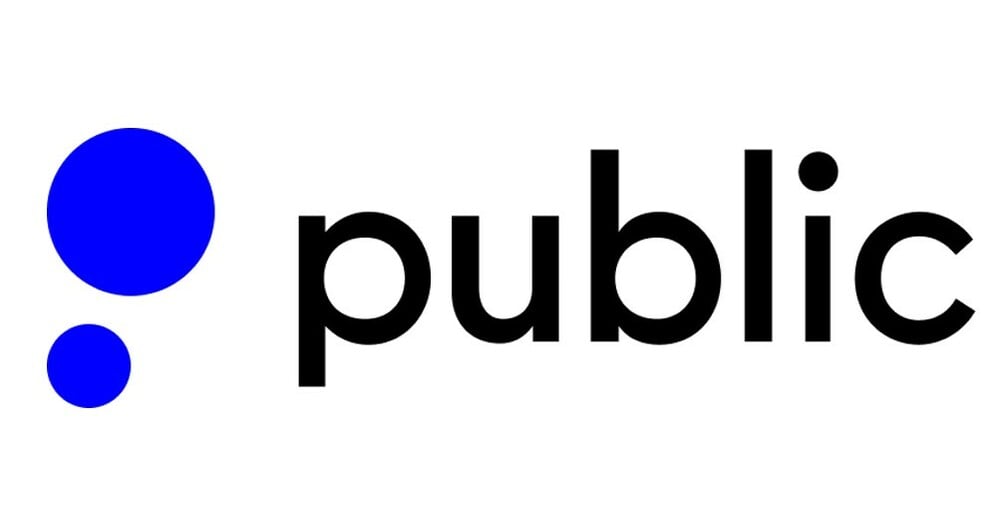What Is a Custodial Account? UGMAs, UTMAs and More
Custodial accounts allow you to open and manage an investment or savings account on behalf of a minor. You are the account custodian until the minor reaches the age of majority in their state. They can be used to help a child learn how to invest, or for wealth transfer.

Many, or all, of the products featured on this page are from our advertising partners who compensate us when you take certain actions on our website or click to take an action on their website. However, this does not influence our evaluations. Our opinions are our own. Here is a list of our partners and here's how we make money.
The investing information provided on this page is for educational purposes only. NerdWallet, Inc. does not offer advisory or brokerage services, nor does it recommend or advise investors to buy or sell particular stocks, securities or other investments.
If you’re a parent, guardian or otherwise have a child you care about in your life, you might wonder what you can do to help them thrive once they’re on their own in this expensive world. One of the best ways to do that is by giving them a head start by investing money for them while they are young, through a type of account known as a custodial account.
NerdWallet rating 4.8 /5 | NerdWallet rating 4.6 /5 | NerdWallet rating 4.6 /5 |
Fees $0 per online equity trade | Fees $0 | Fees 0% - 4% varies by type of transaction; other fees may apply |
Account minimum $0 | Account minimum $0 | Account minimum $0 |
Promotion None no promotion available at this time | Promotion Earn up to $10,000 when you transfer your investment portfolio to Public. | Promotion Get $200 in crypto when you sign up. Terms Apply. |
What is a custodial account?
A custodial account is a savings or investment account managed by an adult (the custodian) for a minor until the child reaches the age of majority. That age varies from 18 to 21, depending on the state.
Once a minor with a custodial account reaches the age of majority, they inherit control of the account and the funds, but their spending may also be restricted, depending on the type of custodial account.
» MORE: Other ways to invest for kids
Types of custodial accounts
Many custodial accounts are known as Uniform Gift to Minors Act (UGMA) or Uniform Transfer to Minors Act (UTMA) accounts. Both types are taxable brokerage accounts — the main difference is that UGMA accounts allow adults to give minors cash or securities, while UTMA accounts are broader, also allowing for transfers of real estate, art and other assets not permitted in a UGMA account.
There are also many other types of custodial accounts, including retirement accounts, such as IRAs, and tax-advantaged education accounts, such as 529 college savings plans. If you're saving for someone with a disability, you may be interested in ABLE accounts.
» Read more about UTMA and UGMA
Custodial account rules
Gift tax rules generally govern contributions to custodial 529 plans and non-education-related custodial accounts. This means if you contribute over the annual gift tax limit for the year, you may need to file a gift tax return with the IRS. But that doesn't mean you'll pay taxes on the contribution. Due to the high lifetime gift tax exclusion, most people avoid paying the actual gift taxes.
529 plan balances have other rules, one of which is that balances must not exceed the expected cost of the child’s education; that number varies by state.
Distributions from custodial 529 plans must be used for qualified education expenses, though new flexibility has been introduced in recent years for 529 plans. UTMA and UGMA accounts have looser distribution rules, but they can’t be used as a piggy bank for the adult custodian.
“You can take out money from a UTMA before the minor reaches the age of majority, as long as it’s used for their benefit. So it can’t be used for the custodian’s own personal use,” says Jeff Weber, a certified financial planner who is also based in California.
“Once the minor turns the age of majority, they have free access to the account. It actually turns into an individual account in their name, and they can withdraw as little or as much as they want at that point in time,” says Weber.
How to open a custodial account
Many online brokers and financial institutions allow customers to apply for a custodial account online.
“You need the name and information of the child, and more importantly, you need a custodian, a person who’s effectively controlling the account until [the child] reaches the age of majority. That has to be an adult, 18 years or older,” says Nott.
» Read our picks: The best custodial accounts
Custodial accounts and financial aid
If you’re considering opening a UTMA or UGMA account to help pay for a child’s education, you should know that it may affect their financial aid eligibility.
UTMA and UGMA accounts are considered assets that belong to the minor and thus may negatively impact FAFSA financial aid eligibility.
Custodial 529 plans have more favorable FAFSA treatment, as they’re considered assets belonging to the parent. That means they will only reduce the child’s financial aid eligibility by a maximum of 5.64% of the account balance.
» Need some expert help? Learn how to choose a financial advisor.










